17 Things to do in Sofia, Bulgaria
- Next Stage Travel
- Nov 21, 2023
- 10 min read
1) Women's Market (aka Zhenski Pazar market)
In the absence of the Central Market (as of October 2023, under reconstruction but due to be done by end of 2023), this is the main grocery market for Sofia. It also happens to be the oldest market in Sofia still running today. There are some tourist shops here, but it's mostly produce, meats, jams, honeys and household goods, as well as a few small restaurants featuring various Bulgarian dishes.
We bought a basket of raspberries there that were so tasty, we couldn't stop eating them. Much of the produce looked recently picked, especially the grapes and the vegetables (the dragon fruit probably wasn't local...).
Women's Market. Stefan Stambolov Blvd, 1202 Sofia Center, Sofia, Bulgaria. Open 8 AM - 7 PM every day. Free.
This mosque is a small but beautiful, and actively used mosque. It was built in the 16th century when the Ottoman Empire controlled Bulgaria. Tourists can visit when prayers are not going on (remember to cover legs, shoulders and for women, head). The visit itself is maybe 5-10 minutes and it's a good place to visit on the way to other places (there are a number of other sites nearby).
Banya Bashi Mosque. Knyagina Maria Luisa Blvd 18, 1000 Sofia Center, Sofia, Bulgaria. Free. Open 6 AM - 10 PM
3) Central Market Hall
Although the central market was undergoing a remodel when we were there, the remodel is supposed to be done by the end of 2023, so we wanted to include it to suggest that you try to go.
Central Market Hall. Knyagina Maria Luisa Blvd 25, 1000 Sofia Center, Sofia, Bulgaria.
This museum has a lot of fantastic Thracian, Roman, Greek and Ottoman relics. It's not very well curated but you can get the gist from some of the descriptions of items. Some item descriptions do provide context but it's not really organized between exhibits.
A temporary exhibit on the necropolis finds at Trebenishte (now in North Macedonia) in 1918 featured as a joint exhibit with Serbia and North Macedonia was very interesting, and a little better curated since it focused on a specific time period and specific relics (grave items).
National Archeological Institute with Museum. Atanas Burov Square, 1000 Sofia Center, Sofia, Bulgaria. Open every day 10 AM - 6 PM. Adults 12 BGN/person.
During excavacation of the Serdica metro station, a large number of buildings and items dating to the 4th-6th century were found. Instead of moving everything to a different location, it was decided to leave everything in situ. Now it's a metro station with an amazing museum!
There are several different areas within the large metro station to see building foundations and artifacts; some areas are enclosed and some are open to the air. Most locations are free. The largest enclosed area costs 6 BGN/person but is an impressive area to visit, with descriptions of roads, homes of wealthy merchants and bishops, plumbing, sewage and bathing details and mosaics. While most of the areas have English language descriptions, the curation in the paid area is a bit better and gives some good context about the role of Serdica (the name of Sofia during Roman/Byzantine times; during the Middle Ages and Ottoman rule, Sofia was called Sredets).
Serdica Ancient Complex (within the Serdica metro station). pl. "Nezavisimost", 1000 Sofia Center, Sofia. Open every day except Monday 9 AM - 6 PM (the paid section; other sections open when the metro is open). 6 BGN/person.
Parts of this church date to the 4th century. The architecture and frescoes inside this small church is interesting to see. Unfortunately, no photos of the inside are allowed.
St George Rotunda Church. Knyaz Alexander Dondukov Blvd 2, 1000 Sofia Center, Sofia. Open 8 AM - 7:30 PM every day. Free.
7) St. Nicholas the Wonderworker Church
This very small (maybe a dozen people can fit on the main floor) church also has some nice frescoes inside. Again, no photos allowed inside but a nice place to stop on the way to other sites.
St. Nicholas the Wonderworker church. ul. "Tsar Kaloyan" 8, 1000 Sofia Center, Sofia. Open 7:30 AM - 6:00 PM every day. Free.
This synagogue was built in the early 20th century and is active today as an Orthodox Sephardic synagogue. It also has a small museum attached to the synagogue that describes the history of Jews in Bulgaria. There were several groups of Jews that came to Bulgaria over the last 2000 years. Several waves of Jews came to Bulgaria during the Roman and Byzantine periods (Romaniotti Jews). At the end of the 11th century, a large number of Jews being persecuted in Germany moved to Bulgaria (Ashkenazi Jews). In 1492, about 100,000 Spanish Jews, leaving in the wake of Ferdinand II edicts expelling Jews from Spain, came to Bulgaria (Sephardic Jews).
Getting in can be difficult as the doors are locked. We were only able to get in because Sarah had emailed in advance about visiting. The synagogue takes security very seriously - they thoroughly searched every bag and jacket, and also wanted to see our passports.
Sofia Synagogue. Exarch Joseph Street 16, 1000 Sofia Center, Sofia, Bulgaria. Open Sunday - Thursday 9 AM - 5 PM and Friday 9 AM - 3 PM. 5 BGN/person.
This museum is a little bit out of downtown but easily reached by public transportation. Our general conclusion about this museum is that it was worth visiting. It was less interesting than the archeology museum for us, but somewhat better curated. By no means do we have a complete understanding of the history of Bulgaria, but we did get the basics. Oddly, much of the history of Bulgaria as a communist country is only glossed over.
National Museum of History. ul. "Vitoshko lale" 16, 1404 Boyana, Sofia. Open 9:30 AM - 6:00 PM every day. 12 BGN/person.
We visited this museum after the archeology and national history museum, and we agreed we wish we had visited this one first. This museum focuses on the history of Sofia from about 8,000 years ago to today and was the best curated of the museums we visited in Sofia, with English language descriptions and context throughout the museum providing a nice timetable of Sofia. When we visited there were two interesting temporary exhibits about circuses in the early to mid-20th centuries in Sofia, and children during Communist rule - how they were educated, family life, etc.
Sofia History Museum. 1 Banski Sq, Platno.„Banski" 1, 1000 Sofia. Open 10 AM - 6 PM every day. 6 BGN/person.
11) St. Sofia Church
Parts of this church date back to the 4th century. After the Ottoman empire took over Bulgaria, it was a mosque for several centuries. By the 19th century though, the church was falling into disrepair. Although there was some discussion about demolishing the church in the late 19th century, it was eventually restored, at which time a variety of historical layers were discovered underneath the church.
It turned out the original church had been built on top of a necropolis, containing both pre-Christian and Christian tombs. Additionally, the church had been built several times over on that location, so several layers of history almost 15 feet below street level were discovered.
The brick church itself is interesting; from the outside, not particularly grand but the interior architecture is all brick and very haphazard. We wondered what engineering was used to hold up the arches and ceilings, as they appeared to be made entirely from different size and shape bricks (no brick was longer than 2-3 feet).
The most impressive part is the necropolis underneath the church. Don't be put off by the nondescript stairs leading down or the entry where you pay for tickets. On a labyrinthine course, you wander underneath the entire church, getting up close to various tombs and crypts, learning about the history of the levels as well as the excavation itself, and seeing various mosaics and frescoes. It was really fun.
St. Sofia Church. ul. "Paris" 2, 1000 Sofia Center, Sofia. Open 7 AM - 6 PM every day. 6 BGN/person to enter the necropolis under the church; entering the church itself is free.
12) Rila Monastery
This monastery, a UNESCO Heritage Site founded in the 10th century, is considered the most famous Eastern Orthodox monastery (and church) in Bulgaria. Named after a hermit named Ioan of Rila (aka John or Ivan of Rila) who lived in a cave nearby, Bulgarian rulers over the years contributed to construction and reconstruction of various buildings in the complex. It was so well regarded that even during the Ottoman rule by the Turks, various sultans forbade harassing the monks or auditing the finances of the monastery (or turning the church into a mosque). The oldest building presently standing in the complex, the Tower of Hrelja, was built in the 14th century, and stands just to one side of the main church.
The monastery presently houses 7 monks full-time, as well as various numbers of pilgrims. There are also rooms available for tourists to stay overnight - see this link for more information. We saw the monks actively interacting with local pilgrims, including allowing some pilgrims to view the relics/remains of Ioan of Rila in the church, offer blessings and simply mingling with locals.
You can wander through the church with dozens of amazing frescoes both inside and outside the church (no photos are allowed inside the church), wander the grounds of the monastery (but not the residential levels above ground level), and then visit the museum at the back corner of the interior grounds. The museum was interesting to visit as it had some interesting history and artifacts from the monastery, including Rafail's Cross, an intricate set of scenes carved from a single piece of wood that took the monk Rafail at least 12 years to carve. Additionally, behind the monastery, reached through an opening also at a back corner of the interior grounds, is a restaurant and bakery. We brought lunch from Sofia (various piroushki from a Russian grocery store) so we didn't eat at the restaurant, but the bakery made mekitsa (fried dough; often called Bulgarian donut) and that made a great addition to our lunch.
The monastery is about 2 hours drive from Sofia and you can get there by public transit in 3-4 hours. We took a day trip with Traventuria, a tour company based in Sofia that offers various day and multi-day hiking/walking and skiing trips. The bus also stops at Boyana Church on the way to Rila Monastery. Note that the different prices for the same trip refer to whether you do the guided trip, use an audio guide for information or choose the self-guided trip - everyone takes the same bus/shuttle, and on our trip, the guide encouraged everyone to go with him, regardless of what people paid. We paid about US$35 per person for this, not including the tickets for Boyana Church and entry to the Rila Monastery Museum.
Rila Monstery. 2643 Rilski Monastir. Free to enter monastery and church. Museum is 10 BGN/person.
13) Boyana Church
This church, a UNESCO Heritage site, was built in three stages: the oldest part of the church dates from the end of the 10th century, then 1259 and finally 1845. There are amazing frescoes, and you can see several layers of frescoes dating back to the earliest construction. Like many other churches in Sofia, photos are not allowed inside the church. The church is so small that only 10 people are allowed at one time; though there is a 10 minute time limit for each group inside the church.
We visited this church as part of the day trip to Rila Monastery (see above). Boyana Church is located in a suburb of Sofia and can also be reached from the middle of Sofia via public transit in about 50-60 minutes.
Boyana Church. ul. "Boyansko ezero" 3, 1616 Bojana, Sofia. Open 9:30 AM - 5:30 PM (note that their website states 9 AM open, but when we were there, there was a sign on the gate that stated they did COVID-19 disinfection every morning from 9-9:30 AM). 10 BGN/person.
14) St. Alexander Nevsky Church
This is the biggest church in Sofia. It was built in recognition of the independence of Bulgaria in 1879. While impressive in scale, we found that we liked the frescoes and architecture in some of the other, older churches more. But this church is still worth a visit.
St. Alexander Nevsky Church. pl. "Sveti Aleksandar Nevski", 1000 Sofia Center, Sofia, Bulgaria. Free. Open 7 AM - 7 PM every day.
This art gallery is contained within the palace where the 19th and 20th century kings of Bulgaria lived. The majority of the gallery when we were there was a big exhibition of works by Zlatyu Boyadzhiev, a famous Bulgarian painter, in honor of his 120th birthday. The gallery also contains various works that were acquired by the Bulgarian royal families; in many cases, what's on the walls is various family portraits or battle scenes. In a few places, plaques state that as each king abdicated or left office, they took the best paintings with them - there was no further explanation of what happened to those paintings...
There are actually several museums here and we visited two - the National Art Gallery and the National Ethnology Museum (each with their own tickets). Other museums include the Museum of Christian Art, Museum of Art from the Socialist Period (sculptures in a large garden) and the Museum of Contemporary Art.
The Palace - National Art Gallery. pl. "Knyaz Aleksandar I" 1, 1000 Sofia Center, Sofia. Open 10 AM - 6 PM every day except Monday. 6 BGN/person
This museum is located in the same building as the Palace - National Art Gallery. This museum focuses on daily life in Bulgaria through the millennia, including farming, agriculture, fishing, hunting, bee-keeping, education, weaving, knitting, clothing, various household customs, metal-working, and music. The museum spends a fair amount of time explaining that most of the collection was destroyed during the bombing in World War II, and that this is what's left (as well as additional pieces they have acquired since then). But, it's still a pretty interesting museum and provides good, English-language descriptions of various activities. Definitely worth visiting if you plan to visit the National Gallery or any of the other museums housed in this complex.
National Ethnographic Museum. pl. "Knyaz Aleksandar I" 1, 1000 Sofia Center, Sofia. Open 10 AM - 6 PM every day except Monday. 6 BGN/person.
17) Rila Lakes
We actually didn't have time to go here (instead we went to Rila Monastery); one reason we went to the monastery over the lakes was that the chair lift was undergoing maintenance (for the month of October 2023). Because of that, before you get to the lakes, you first have to walk about 1.5 hours uphill. According to several Bulgarians we talked to, that walk isn't much fun or scenic.
The glacial lakes are considered to be one of the most beautiful locations in Bulgaria and are said to be a nice place to spend the day hiking. The lakes are about 2 hours from Sofia and best reached as part of a day tour (Traventuria offers day trips from Sofia).





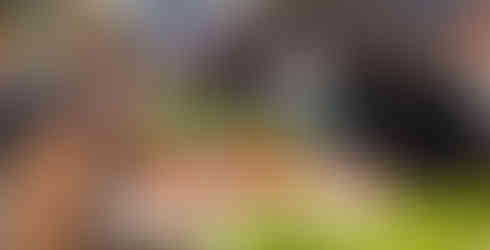








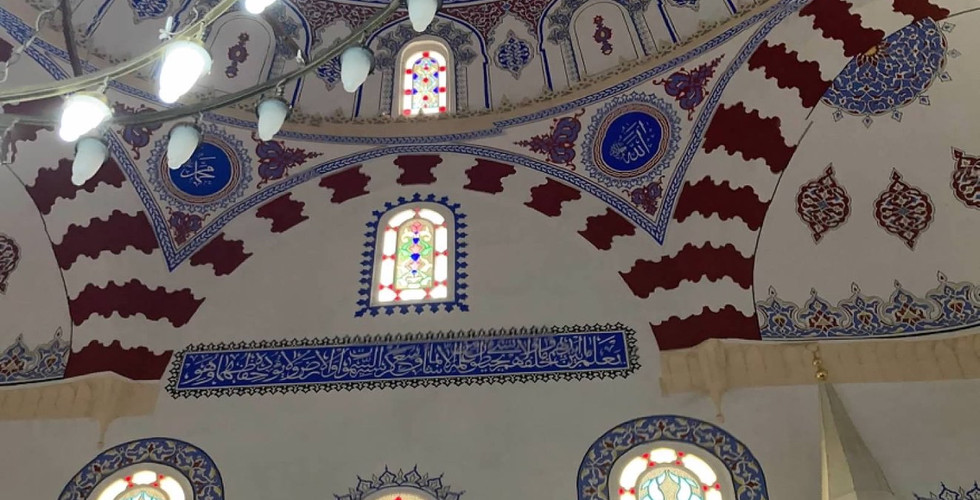


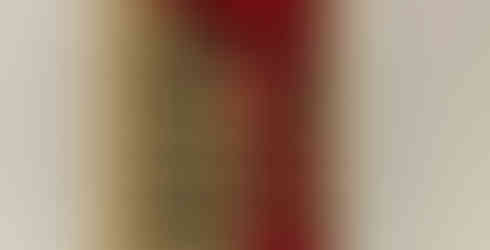

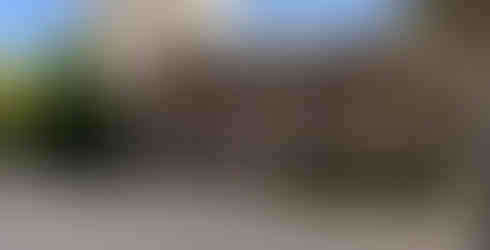

















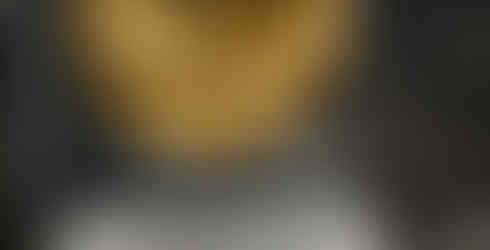










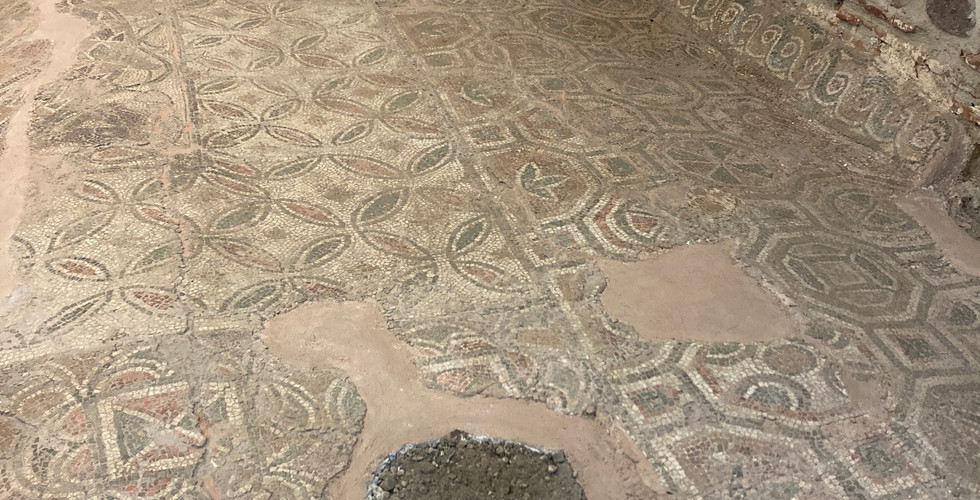

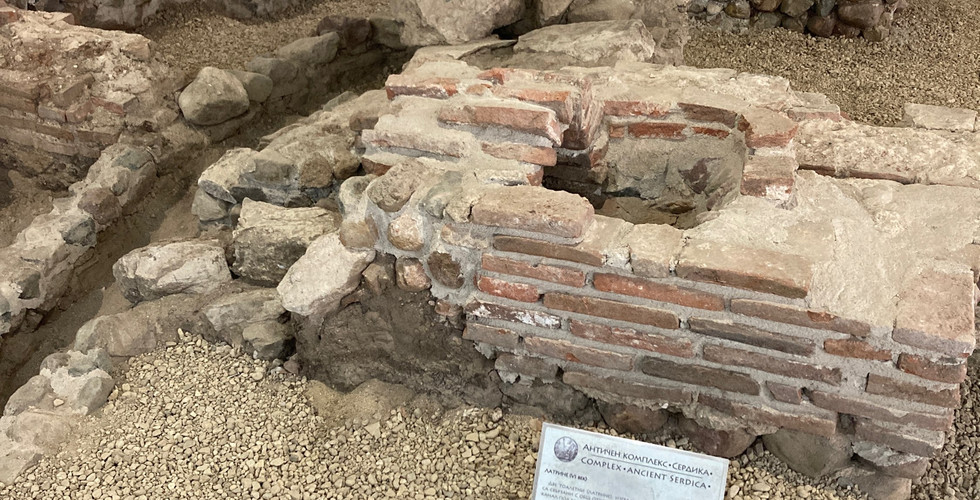


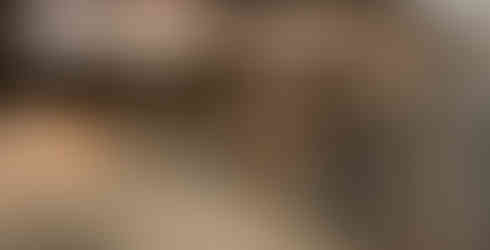












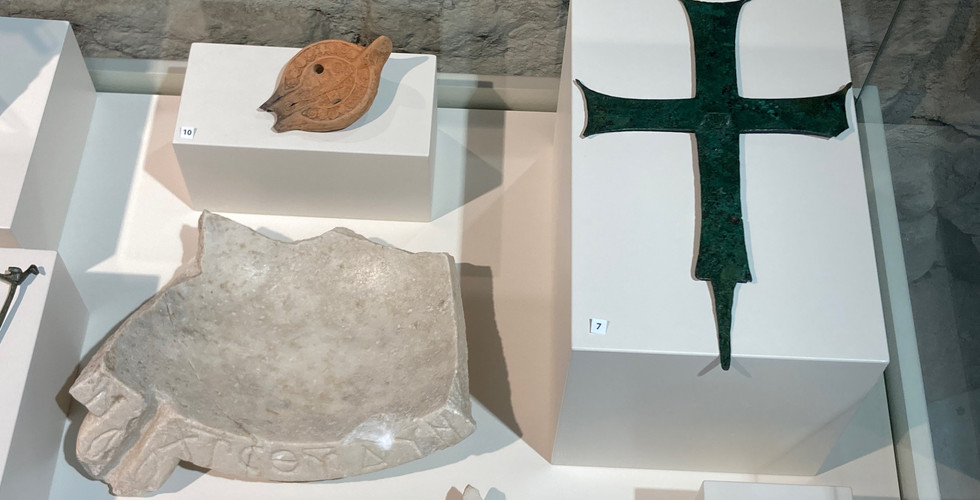

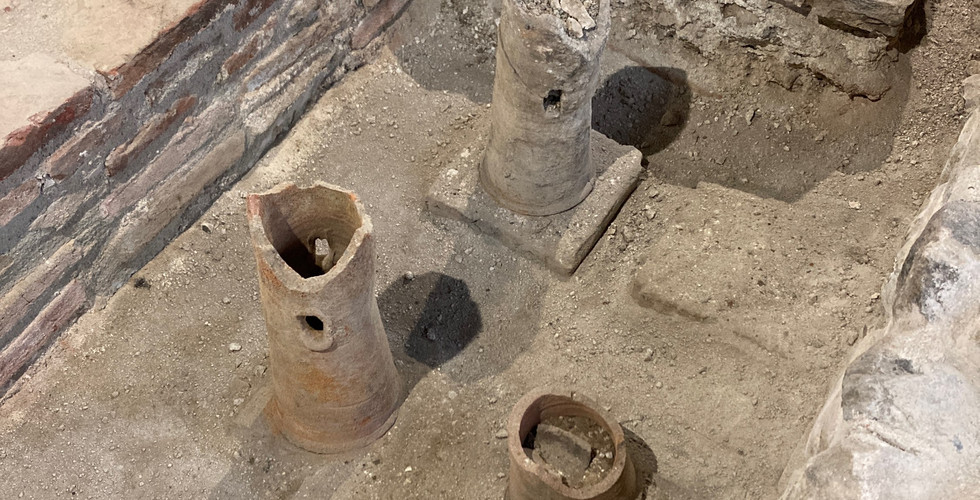



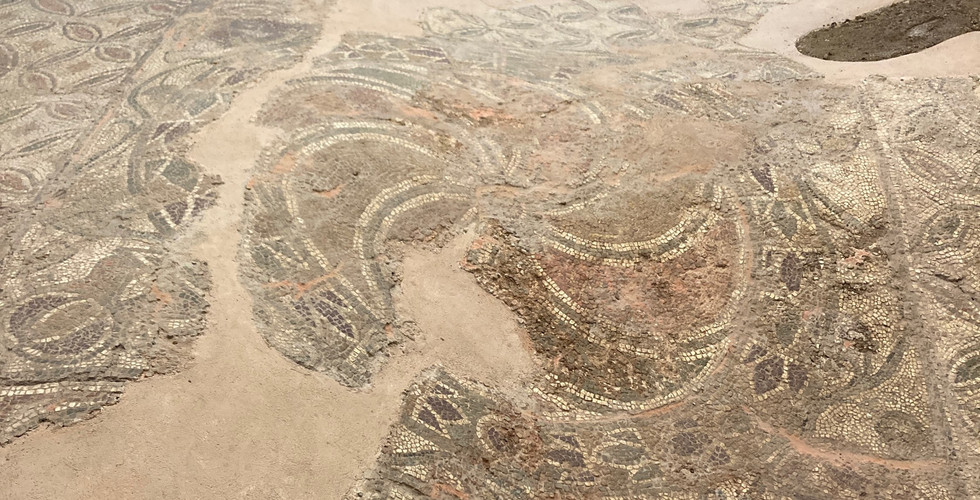




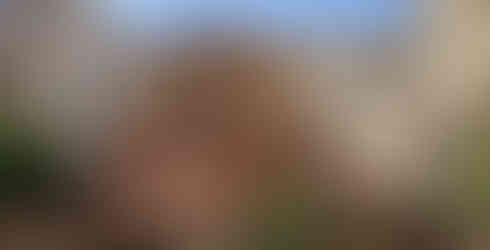


















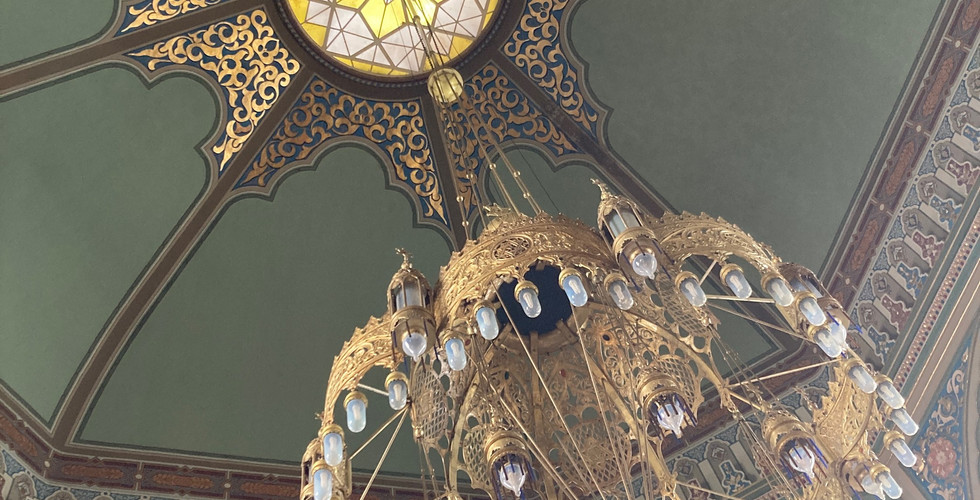


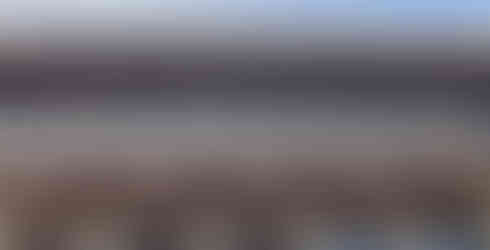






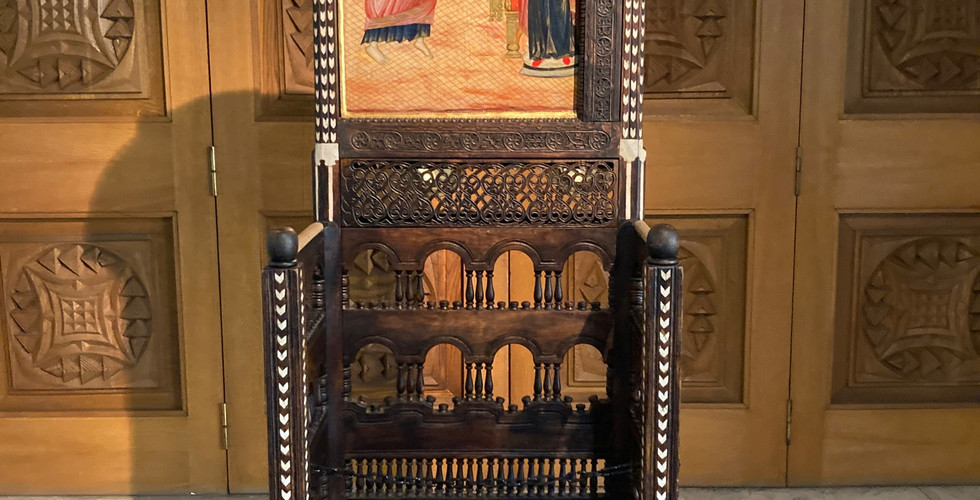














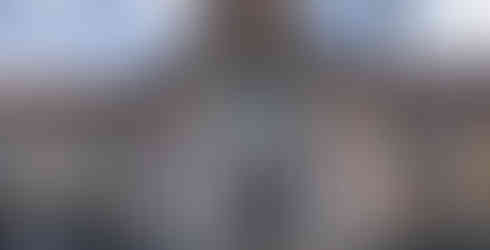







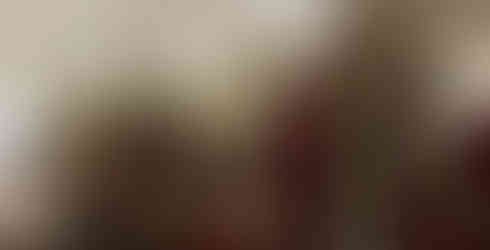














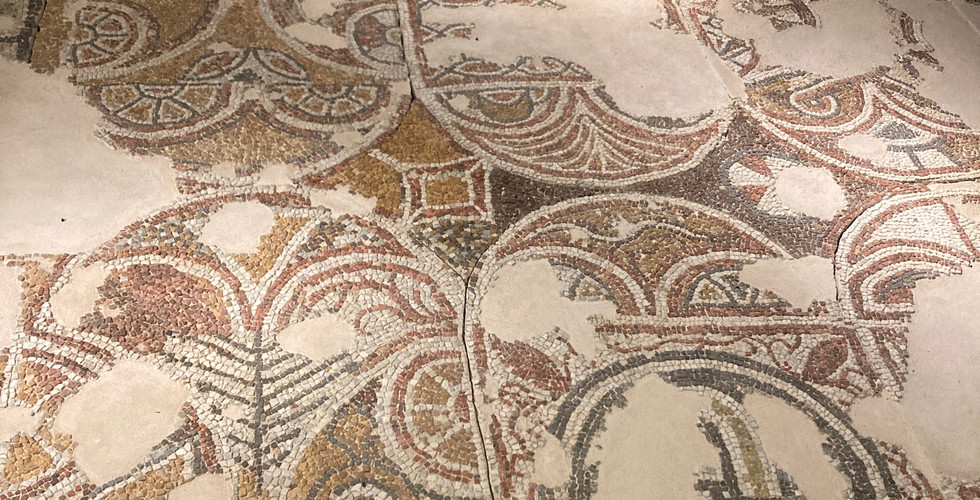



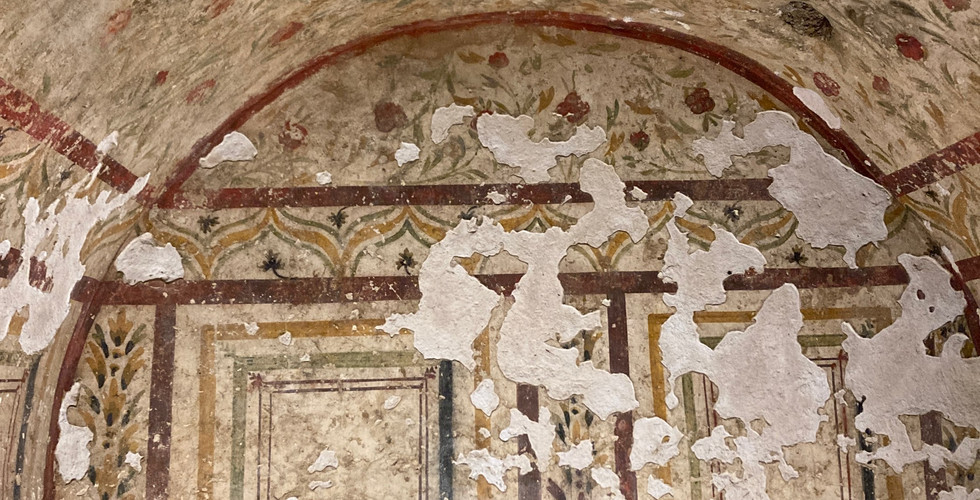


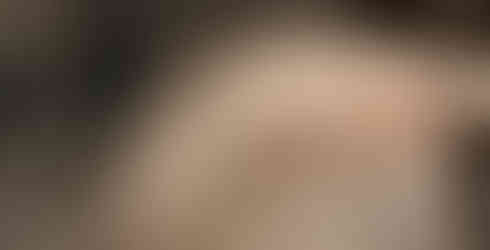




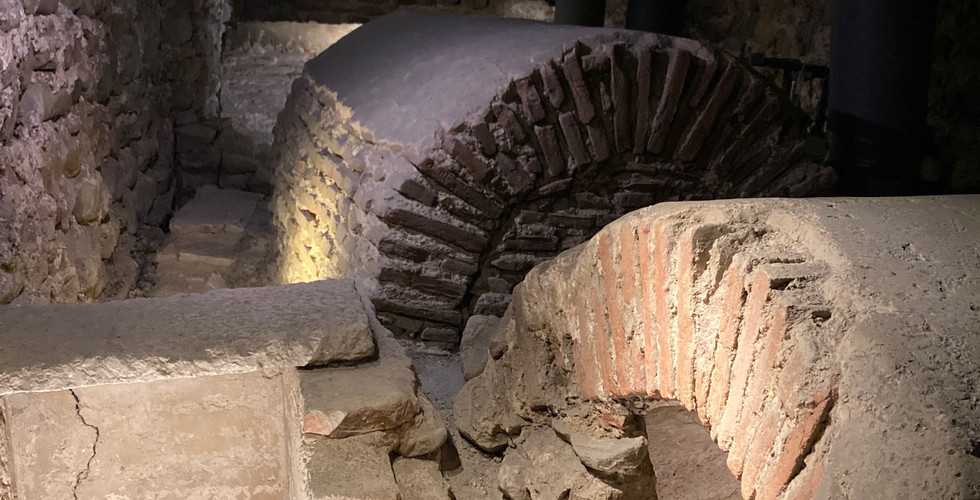





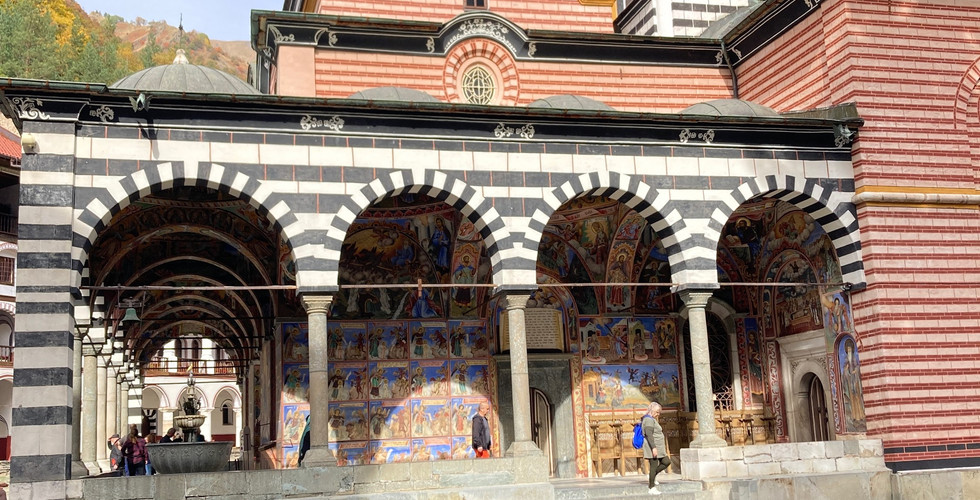






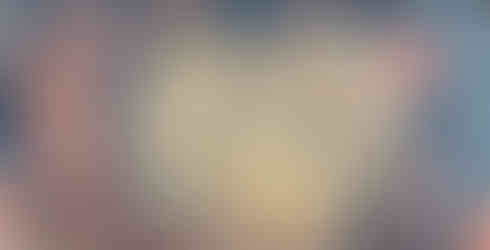












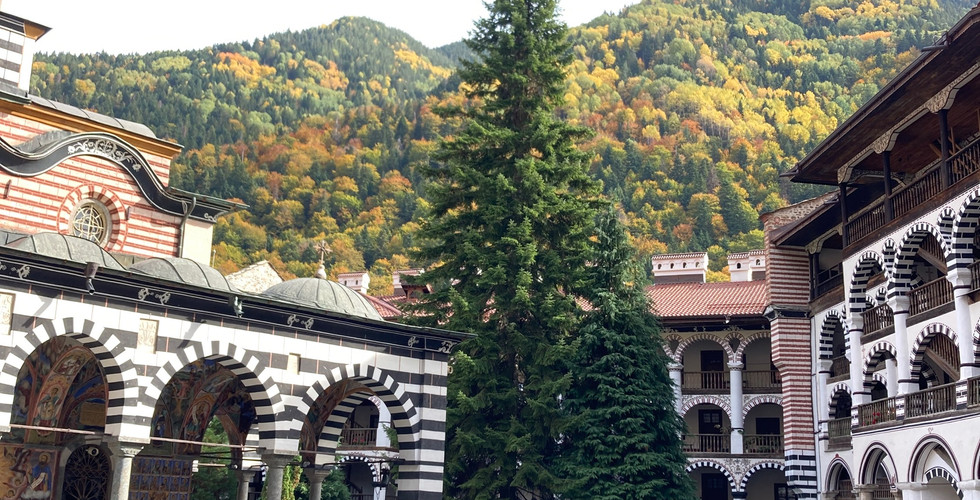















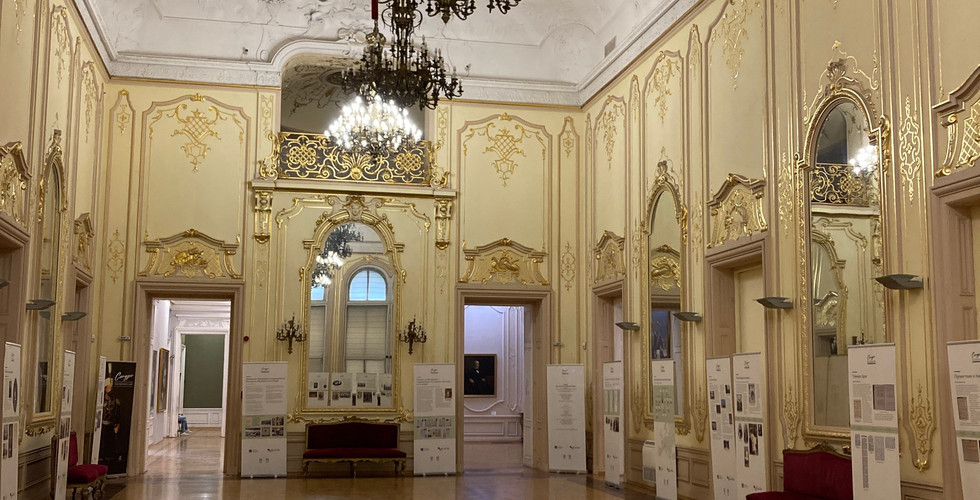






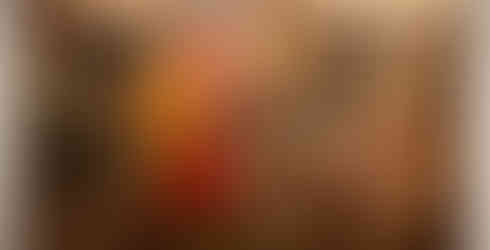








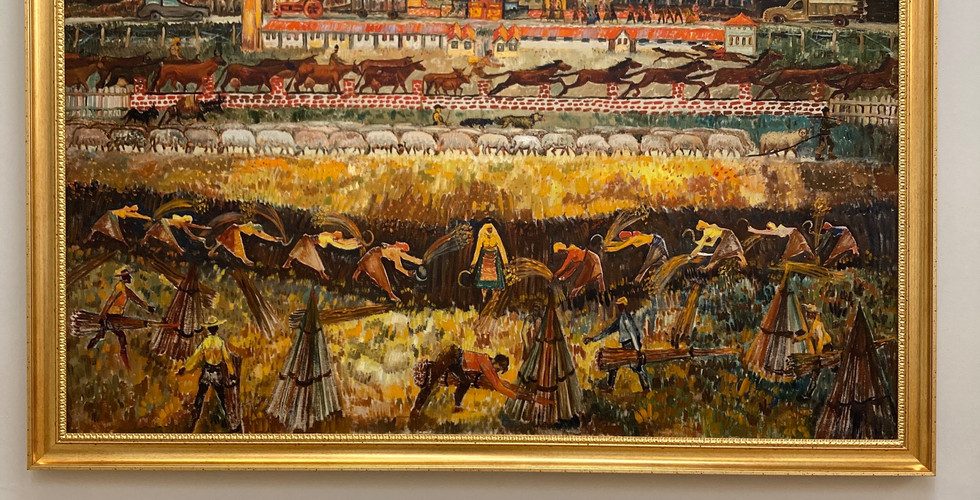


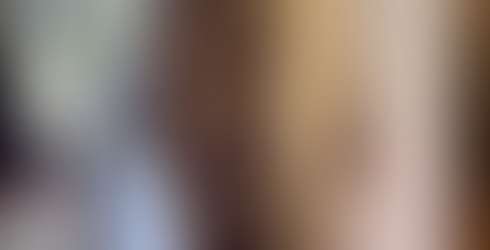



Comments